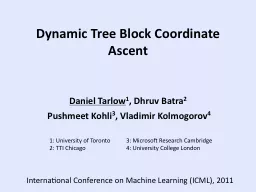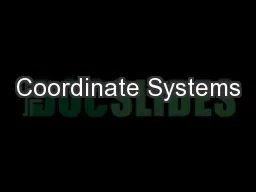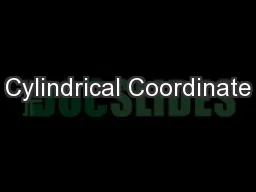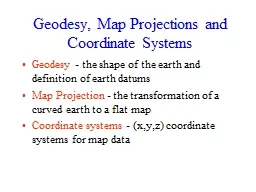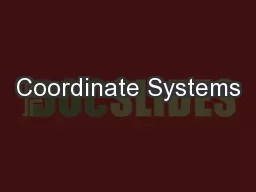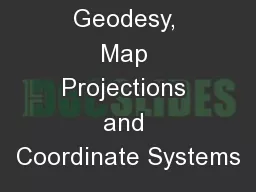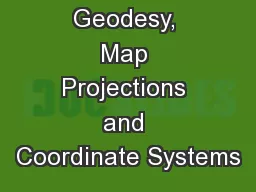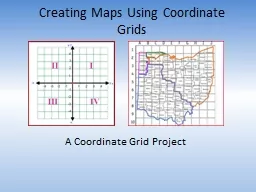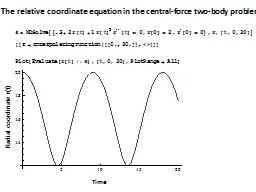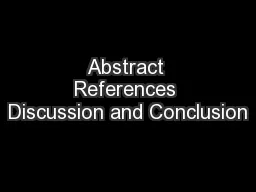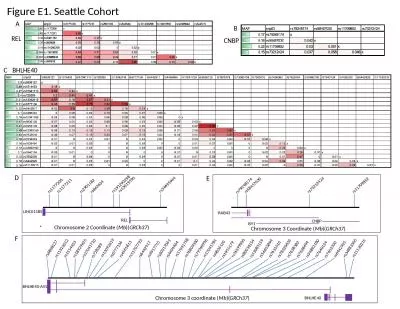PPT-Dynamic Tree Block Coordinate Ascent
Author : danika-pritchard | Published Date : 2015-10-21
Daniel Tarlow 1 Dhruv Batra 2 Pushmeet Kohli 3 Vladimir Kolmogorov 4 1 University of Toronto 3 Microsoft Research Cambridge 2 TTI Chicago 4 University College
Presentation Embed Code
Download Presentation
Download Presentation The PPT/PDF document "Dynamic Tree Block Coordinate Ascent" is the property of its rightful owner. Permission is granted to download and print the materials on this website for personal, non-commercial use only, and to display it on your personal computer provided you do not modify the materials and that you retain all copyright notices contained in the materials. By downloading content from our website, you accept the terms of this agreement.
Dynamic Tree Block Coordinate Ascent: Transcript
Download Rules Of Document
"Dynamic Tree Block Coordinate Ascent"The content belongs to its owner. You may download and print it for personal use, without modification, and keep all copyright notices. By downloading, you agree to these terms.
Related Documents

